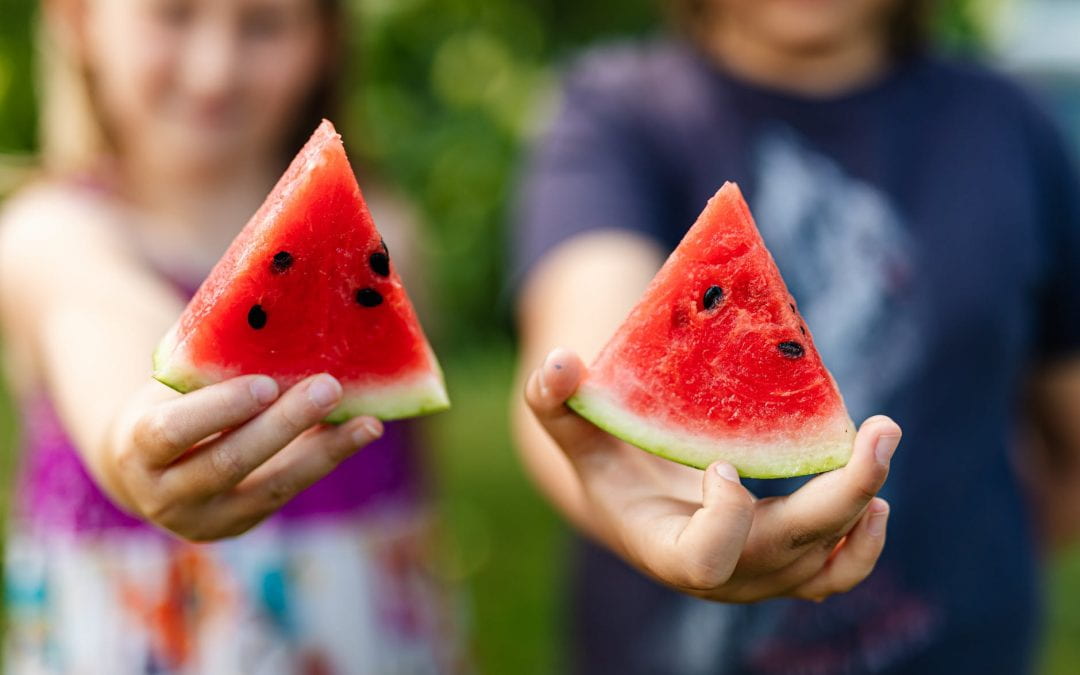The sleep habits, screen time, physical activity and food intake of hundreds of Hawke’s Bay primary and secondary school students are coming under the scrutiny of A Better Start researchers.
More than 1300 Year 5 and Year 9 students from almost 30 schools are providing information about their day-to-day lifestyle to help researchers determine ways to improve food environments for children and families in the region.
It’s all part of the Nourishing Hawke’s Bay: He Wairua tō te kai initiative, established with funding from A Better Start National Science Challenge in response to concerning nutrition statistics and a lack of interventions in the region.
Just one third of Hawke’s Bay children meet the recommended guidelines for daily fruit and vegetable intake, compared to the national average of 50%, according to the Hawkes Bay DHB Health Equity Report. And in Napier, childhood obesity rates are the second highest in the country.
Nourishing Hawke’s Bay’s focus is on identifying innovative and sustainable opportunities to improve children’s health, with research recognising the link between nutrition and overall wellbeing (including mental, physical and oral health), says project co-ordinator Pippa McKelvie-Sebileau.
“It examines how, together, we can achieve sustainable food-related behaviours in a community blighted by the double burden of childhood over-nutrition (obesity) and food insecurity (scarcity of food).”
In February, researchers began working with primary and secondary schools across a range of deciles in Hawke’s Bay, collecting information from students about their physical activity, nutrition, BMI, sleep and screen use to get a baseline measure.
Pippa says getting students to share personal and sometimes sensitive information about their lifestyle habits hasn’t been too difficult. Schools opt-in to participate and then parents can opt out for their kids. “Students are free to choose not to join in, but most are choosing to participate. There is an understanding of why we’re doing this – that it’s to try to make things better for them and for their families.”
The information is obtained through anonymous survey forms and the results are shared with the participating school. The schools are encouraged to use the individualised infographic reports to inform their own hauora programmes and share with their school communities.
“Seeing immediately how much the kids are sleeping, what they are eating (or not eating in case of food insecurity) and seeing their wellbeing helps inform the enormous amount of work that schools are putting into students’ hauora,” says Pippa.
“We’ve seen a couple of examples of schools using some of the information (like sleep and screen use) in their newsletters to parents.”
The data will continue to be collected over the next few months and will help guide what future interventions are needed to improve food environments in the region.
Pippa says Nourishing Hawke’s Bay’s approach offers the greatest potential to engage with a maximum number of people from communities with the highest need and offer sustainable outcomes.
Developing good relationships with community stakeholders who have been working to improve children’s health at institutional, charity and community level has been vital, she says. “Their knowledge and experiences helped us understand the probable causes of the gap between current initiatives and achieving positive outcomes for local tamariki.”
“Hawke’s Bay is a beautiful, bountiful region and it is our children’s right to have good health and wellbeing to achieve the successes they deserve. As adults it’s our responsibility to ensure they have adequate nutrition.”

